| Analyzing and Evaluating The student portfolio is an essential piece of the curriculum in this course. It will serve as the brand for your creativity and work-ethic. Before you can be expected to design and maintain a professional portfolio site, we need to take the time to analyze and evaluate the vast collection of student websites that are displayed on our official DRHSART site. This activity is meant to have you collaborate and discuss with your peers the nuances of what makes one student website more professional than another. This 40 minute activity should give each of you plenty of inspiration and information to better design your own portfolio site. Step One: Analyze The Big Picture First, get into your pre-assigned groups. Once settled, I would like you each look at the student portfolio page. Take ten minutes to look at how it is arranged, and click through some of the portfolios on your own. When you are prompted to stop, I'd like you to get with your group and discuss the following questions: What did you notice about how the student portfolio page was designed? What trends or consistent patterns emerged as you navigated the various student portfolio sites? Step Two: Critical Measures and Rank As a group, take 20 minutes to navigate the websites that stand out to you. I'd like your group to design your own ranking criteria, and evaluate those top websites that seem to stand out above the others. Choose a "Top 5" list of sites, and make a list of at least five critical measures by which you can rank those sites. After you have your critical measures, I want your group to rank order these 5 websites in order of how they meet your measures. After the 20 minute timer sounds, we will share the results through informal presentations. During these presentations,, your group will share the critical measures used to rank your "Top 5" student sites. Step Three: Design Your Portfolio After our discussion of which sites were ranked highest among the class groups, it is time to design your own portfolio site. Some of you have created your sites last year, and some of you have not. Those of you who have a site from the past should update and consider re-designing the site based on the critical measures discussed by the groups today. Because you are only in the beginning of Art 3, it is not expected that your website be as full of rich content as those site you ranked today. Designing a solid foundation for the content you will be adding this year is what this assignment is all about. It's so much easier to start with a great design and add content, than it is to poorly design a site, and have to re-design it and everything it contains. You will have the rest of this class to work on your portfolio design, but this is the only class period we will dedicate to this task before it your site will be evaluated by me in one week. Your homework is to complete it by then. Assessment Rubric for Online Portfolio |
|
0 Comments
Use This List of Old Master's Names To Find Your Inspiration Renaissance:
|
|||||||||||||||||||||||||||||||||||
Research and Response Directions PAGE ONE & TWO Decorative title spread for the artist you chose to study. Open your book flat and design both pages at once in either a vertical or horizontal format. This will save you time, and will unify your overall design. See the design tips that follow the page by page directions in the downloadable handout above this content. Be sure to include at least 6 high quality images of artworks that are indicative of the artist’s style. Be sure that you have researched the artist well and have chosen images that truly represent the trademark style of the artist. Don’t make the mistake of including works in your research that don’t actually belong to the artist. The six images can be spread across the four pages of your artist research in any manner that suits your design. It's important to label those images with the titles and dates to give context to the work. PAGE THREE & FOUR Give some basic information about the career of the artist. Do not concern yourself with detailed information about where the artist grew up and where they went to school, unless it is directly relative to the work of the artist. There is no one way to include your research and response across this two page spread, It's just expected that you are thorough and authentic in your writing. Be creative and authentic when displaying your research. Also, be sure that your handwriting is legible on the background you've chosen. If your typography is not legible, your design is not effective. | The Visual Journal Your Visual Journal is the the most important tool you'll ever use as an artist. I truly believe in the power of the journal as a space to harness your most important creative ideas, and we will use it every day in this class. As you already know, we have daily warm-up assignments that are to be completed in the journal. In addition to those warm-up activities, you will also be required to use it for creative research and idea development. The research has specific directions that will be discussed in class, but I have provided a link below the images to the left that you can download and keep for reference as you begin your research this week. WHAT IS THE VISUAL JOURNAL? Your Visual Journal will be a completely independent research and idea development journal. You will turn it in four times this year (once during each quarter). The grade for this quarterly project will weigh heavily toward your final grade, so please take it seriously. THE BOOK All work will be done in or pasted into an 8.5 X 11 inch sketchbook that you are required to purchase yourself. The research journal must be kept neatly for the entire year, so you will need to purchase a hardbound book. There are a number of black “Premier” brand sketchbooks available at A.C. Moore or Michael's in the west end for approximately seven dollars. WHAT GOES IN THE BOOK ? Artist Research and Response (1 artist per installment) Warm-Up Activities (Numbered and kept sequentially) Project Brainstorming All Class Notes Specific Drawing / Design Challenges Silent Critique Feedback (Printed and Pasted From Schoology) This journal will be a personal interaction between you and your work. I will also be involved in that interaction, as I guide you with questions and comments about the content of your journal. WHAT IS MEANT BY RESEARCH? Your research will consist of (but is not limited to) biographical and historical content, maps, examples of artwork, notes, personal responses, questions about your research, and sketches made from found information. MAKING PERSONAL CONNECTIONS This is NOT a formal research paper. It will have entries that are written in first person. It will be about your personal experiences as you search for information. You will include information about your struggles and triumphs with your artwork and research. This personal account is just as important as the information that you find out about your topic. WHERE TO FIND EXAMPLES Examples of quality research pages can be found in in the student online portfolios. Each portfolio is required to have a visual journal page on which the student displays their research as well as their thinking processes. These examples should be helpful for you and may guide you toward artists that interest you. HOW DO I KNOW WHAT TO STUDY? There is a permanent link on your class page titled “artists to research”. View that page or simply look through the researched artists by past students. Be sure to choose artists whose work can be researched. Obscure artists create a difficult challenge. Many students use social media to discover artists, which is acceptable. I only ask that you consult me before committing to researching these lesser known artists. BUDGET YOUR TIME. Don’t wait until the day before it’s due to get started, or you will find the project to be overwhelming. Many of you will do this, and will complain about the amount of work required to earn an “A”. My advice is simply this: don’t wait until the last minute to get started. | ||||||
| To keep things organized and easy to navigate, I’ve added the needed links for this assignment in this space above the directions. Please refer back to this space after you’ve read the directions for this assignment. Links: Lottery Assignment List Number Generator Subject Media Mashup Chart Embrace the Shake: Phil Hansen 100 Artists About This Project We have spent the first semester working with the foundation of drawing. We started with figure drawing, discussing in detail the core components of design, proportion, and line quality. We then did a thorough investigation of the Old Masters, creating images that borrowed their lines in an effort to have those marks become our marks. After that in depth research of line, we worked tirelessly on the large-scale introspective value drawings that required the marriage of both content and technique. Now that we have done all of this, it’s time to graduate into a new realm of art making. This next assignment will require thinking on a whole different level than any of the prior assignments you’ve been given. The aim of this project that I call “Subject Media Mashup” is to cause my students to open up their minds about what art can be. There is not a singular way to approach this assignment, and each student in the class will be given a different set of variables that will dictate how the work is made. We will begin by using Random.Org to generate a series of five lottery numbers. These five numbers will correspond to the numbers in this chart, and will determine the creative equation you will need to solve. How you solve that equation is completely up to you. If done properly, you will not think in literal or linear terms, and will instead ask yourself many questions in your visual journal before you commit to your final work of art. I ask that each of you to step outside your comfort zone, and try something you’ve never tried before. The first two numbers of your lottery code will indicate the Media you must use. The second two numbers will determine the subjects you must address, and the last number will determine the artist you must study and whose ideas or images you must use in some way as inspiration in your work. Please do not think that you must use only the media you are given, but understand that you must somehow incorporate that media into your work. It’s your job to ask as many questions as you can about the possibilities of the media you were given at random. Be inventive, and use the media to your advantage. Take control of the situation, and don’t feel limited by these limitations that you’ve been given. Instead, use the limitations as the liberation you’ve needed to unlock your creative potential. |
| FIGURE DRAWING | DAY ONE: Focused "Seeing": Contour Drawing After warm-up, we will focus on "seeing" properly through contour drawing activity that will challenge each of you to look at the figure with focused attention. For this activity we will be drawing with both the dominant and non dominant hands, and will draw without looking at the paper or picking up the drawing tool. Composition and Structure: After we practiced gesture and contour drawing, we will discuss compositional structure and will begin the long pose drawing. DAY TWO: Long Pose: These drawings should demonstrate an understanding of proportion, academic hatching, and the effective use of space. We will work on these drawings for the entire class, and you will be given the weekend to complete them. The following list of prompts will be used during our silent critique. 1. Comment on the overall line quality of the drawing. Is there a variety of line weight? Does the line quality express energy, or is static and stiff? 2. Comment on the proportion of the figure. Does it look as if the artist was focused when developing the underlying structure of the drawing, or does it seem like they may have rushed a bit? Is it evident that the artist used "sighting" to check the angles and proportion of the figure? 3. How did the artist use the space that was provided? Does the figure adequately fill the space of the picture plane? How does the eye move throughout the piece- does it stay within the picture plane, or is it tempted to leave without coming back? 4. Does the drawing emphasize the use of line more than it does modeling (shading)? Discuss how he or she could have better met the assignment expectations. 5. Point out the part or parts of the drawing that you enjoy the most. Give the artist praise for positive aspects of the work. Finish your comments on a positive note. |
| Cody Roberts: Inspired by Rauschenberg, Jim Dine, Shepard Fairey, and Dada Sophie Eichner: Inspired by Sol Lewit Kaelee Humphrey: Inspired by Chris Metze, Mary Scurlock, and Cindy Neuschwander | Application of ResearchThroughout each level of the DRHSART program, students are required to keep a visual journal that records research, planning, art history, and ideas about their work. One major component of the visual journal is the artist research that is to be turned in once per quarter. The students have complete autonomy with who they choose to study in their journals, and in most cases the artists they study become instrumental in the development of the students' unique artistic voices. This second semester Art 3 project is aimed at helping students reflect on who they have studied thus far, and challenges them to create a work of art that touches on the styles, techniques, media, and processes explored by each studied artist. The most successful of our past art students have met that success through the trusted process of Copy > Combine > Transform. In essence, the creative process requires appropriation and the combination of ideas that have meaning to the artist. Ideally, this project will build upon the skills learned in the Subject, Media, Mashup assignment that preceded it. The goal here is to develop a voice that can be explored over the summer before Art 4. Brainstorm with Purpose When beginning this assignment, I'd like each of you to follow this methodical approach that is more likely to yield good results. In order to give yourself a clear direction for this work, please answer the following questions for each artist you've studied in your visual journal. 1. What are the visual trends you notice in the artist's work. 2. If you boil down the major concepts explored by the artist, what seems to be most consistent? 3. Which works of art are you most drawn to by the artist? Give a brief explanation of why. After answering these three simple questions for each artist, please complete the following activities to better provide inspiration for this assignment. 1. Using either a Google Doc or Word, create a full page of small color thumbnail images that represent the most important and interesting works for each artist. Limit yourself to one page, and include only those works that interest you the most. You should have a minimum of 20 images total on your document. Print this document, cut out each work of art, and paste them into your journal. This will act almost like a Pinterest board of inspiration. 2. Take one page in your journal, and fill that page with legible words that represent the following:
As you write these words, increase the boldness or size of those words that seemed to trend the most in the artists' works. This will help you quickly spot those concepts, materials, and compositional tendencies that most overlap. Assessment During the critique of this project, the students will be required to project and discuss the work of the artists whose work inspired their own. As they discuss the studied artists' works, they will discuss how they borrowed techniques and ideas from that work. The goal of this critique is to share inspiration with each other, discuss the many ways each artist successfully solved the creative problem, and to collectively brainstorm other ways that could enhance the student work. Rebecca Kuzemchak: Inspired by Damien Hirst, Joseph Kosuth, and Chris Jordan |
| Art is a Reflection of Time In our second intensive art history lecture series, we will explore the artists of the Baroque Age, and will contrast the drama they represent with what we've already studied this year. For the most part, art reflects the social and economic circumstances of the time in which it was made. Few eras in art history demonstrate this as well as the Baroque Age, especially when it's compared with the stability and idealistic imagery of the High Renaissance. LINKS Art History Basics: Baroque and Rococo The Power of Art: Caravaggio DOWNLOADS
| |||||||||||||
| More Than A Portrait Of A Face Being an artist requires a certain amount of self-awareness and the ability to be self-expressive. In this assignment, we will create drawings that emphasize value more than line, and will explore the core aspects of our own personalities. These large-scale drawings have become a rite of passage to the students of DRHSART, and I have no doubt that you will find this project as rewarding as it is challenging. You will begin by taking a dramatically-lit black and white photograph. Take some time to brainstorm before shooting your photos. Who are you and what defines your character? How will you be able to portray that in a drawing? This assignment is not easy, and if done properly it will cause you to really think introspectively. Large sheets of hand-made rag paper will be given to each student in the class. Because this paper is so expensive, I cannot give you more than one sheet. This means, the pressure is on to not make careless mistakes, and you are expected to care for your paper as if it were your own child. Before you begin, you will most likely want to use a grid to ensure the accuracy of the drawing. Should you choose to use a grid, it will be up to you to figure out the ratios of your photo and paper to ensure a proper translation. The grid has been used for centuries, and it is an excellent way to ensure accuracy of proportion. Anytime you are creating a self portrait, having a good likeness is essential. Be careful as you create your grid, as you do not want to leave evidence of it in the finished stage of the drawing. Begin with the intermediate tones (medium gray) using the side of your jumbo vine charcoal and a Kleenex . For this project, you will build the drawing the same way you did with the drapery -- begin loosely with the middle tones and gradually bring in more lights and darks. Work the entire page so that all parts are developed simultaneously like a Polaroid. Feel free to use text in your drawing, either handwritten or stenciled, to elucidate the autobiographical "nature" of the study. The aim here is to explore notions of composition and light while investigating questions of content and self. Remember that you do not need to have answers, but must begin honestly questioning with this language of drawing. This project builds on everything you have learned this semester. The drapery was necessary to learn how to compose and light the entire page. The old master assignment was largely a study in line quality, the figure drawing unit in measuring angles and breaking in planes. You will need to observe yourself with the same sensitivity and objectivity as you did when you created your blind contour drawings of your hands. Even the "hands and feet" was an exercise in how to place and overlay images. All of these will guide you in this assignment if you pay attention. View Some Examples |
| Art History Lecture Series This is the first Art History intensive lecture series for students in the DRHSART program. In this unit, we will explore the depths of the Renaissance and how it both echoed the great art of the past, while setting the stage for the great art of the future. There is no more important era in Art History, and for that reason we will begin our journey here. Please download the annotated One Note package that contains all of the Power Point presentations, flashcards, and detail slides that I've created for this unit. You can also add to these notes very easily in this organized package. |
Art 3
Assignments
This blog is the growing archive of Art 3 Assignments for DRHSART. You can search assignments by category or date below.
Archives
September 2019
September 2018
January 2018
September 2017
March 2017
April 2016
November 2015
October 2015
March 2015
September 2014

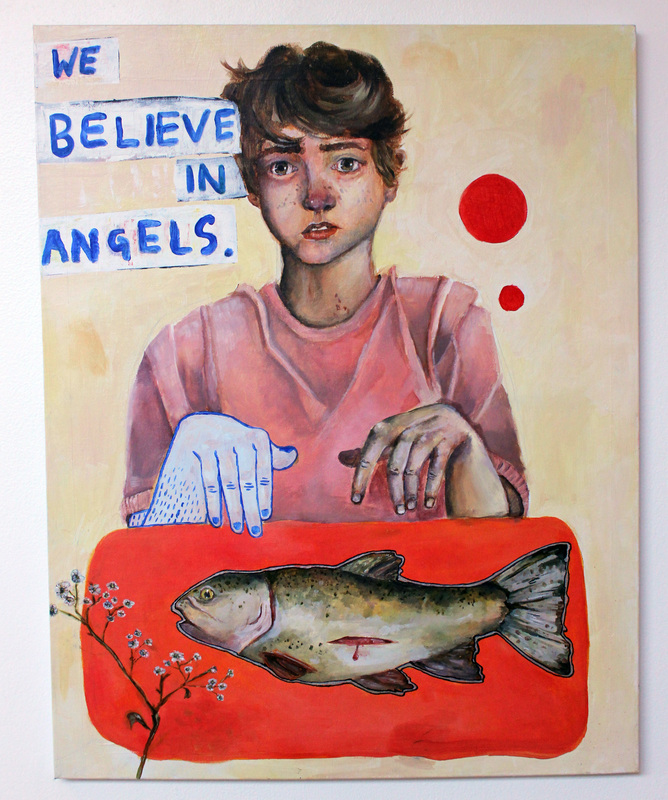
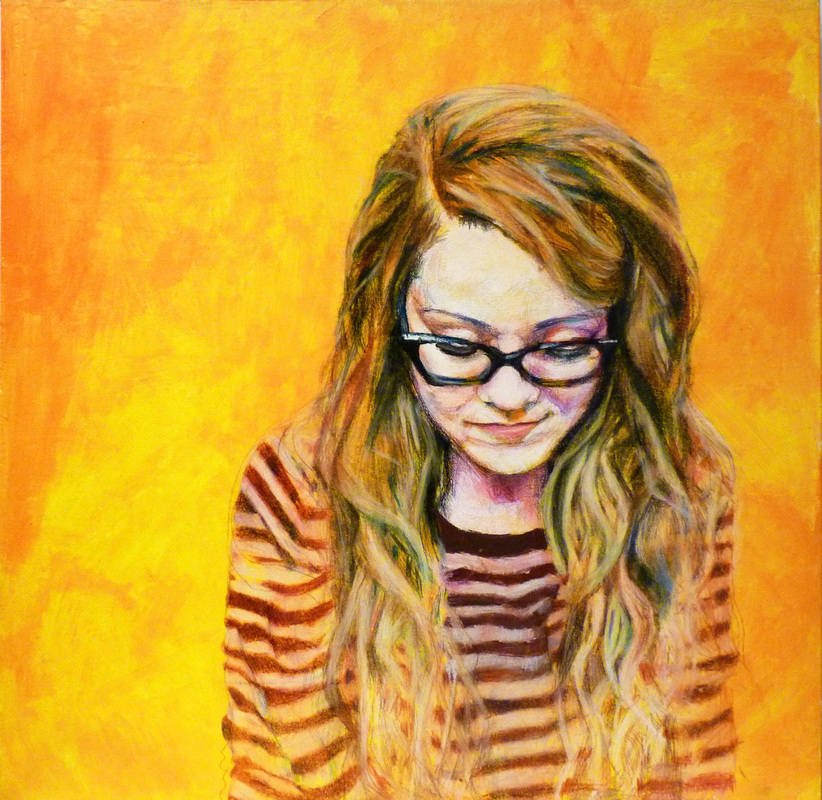
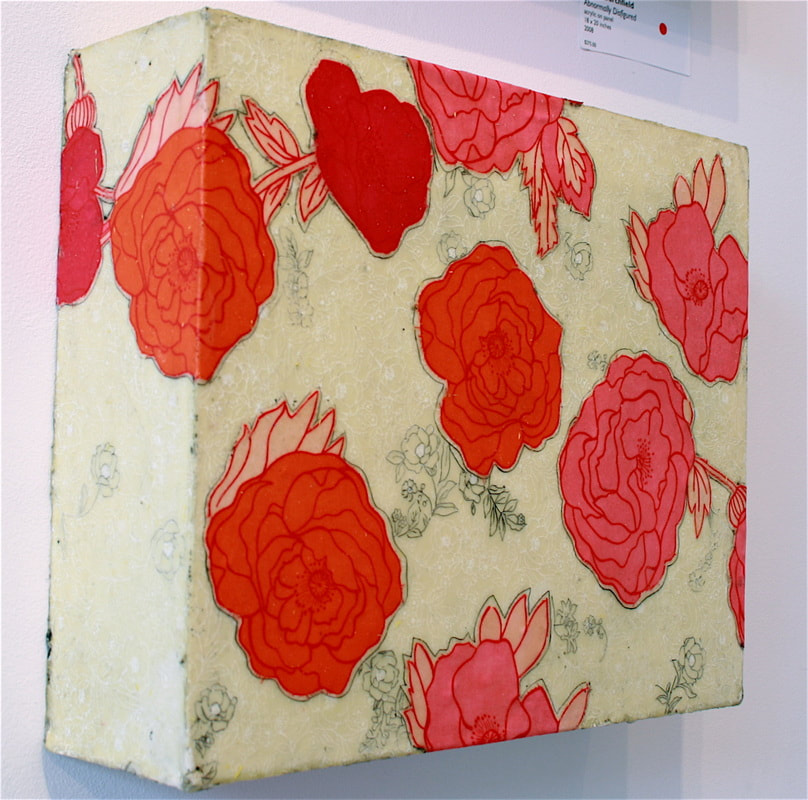
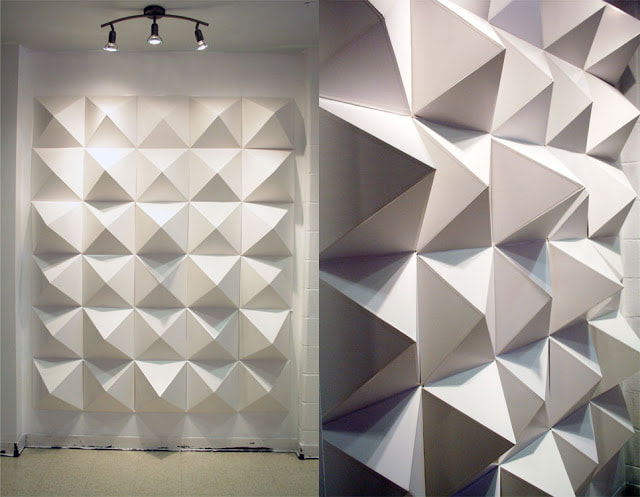
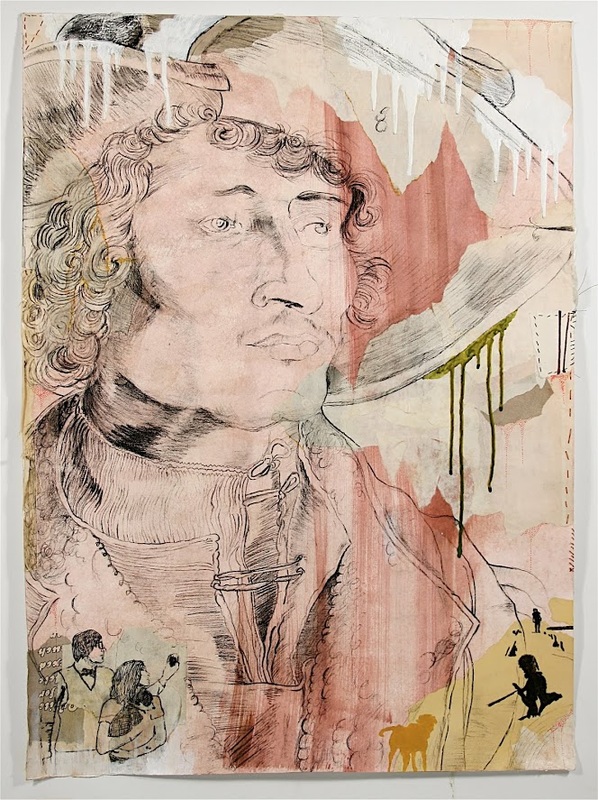
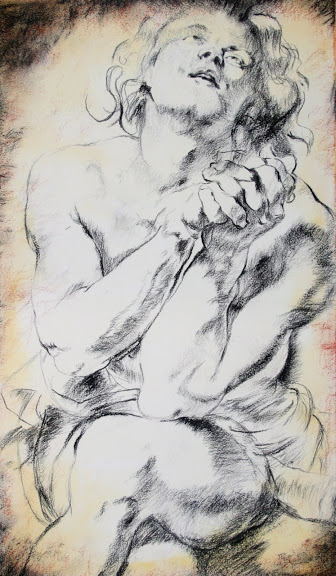
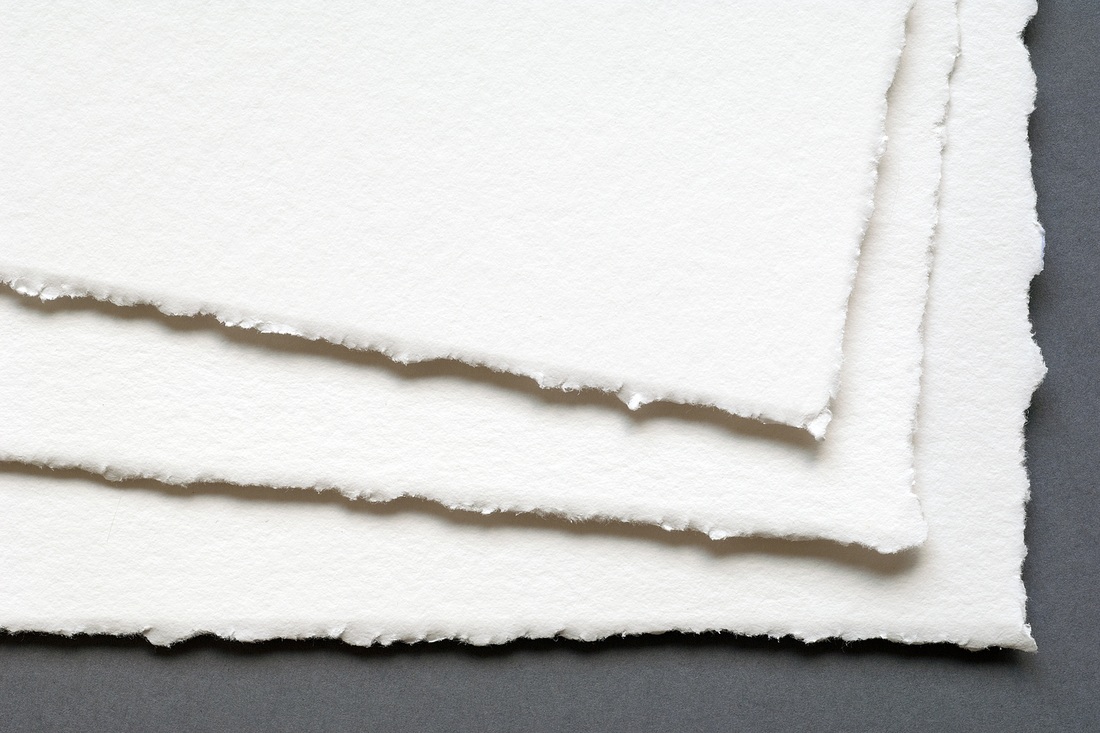

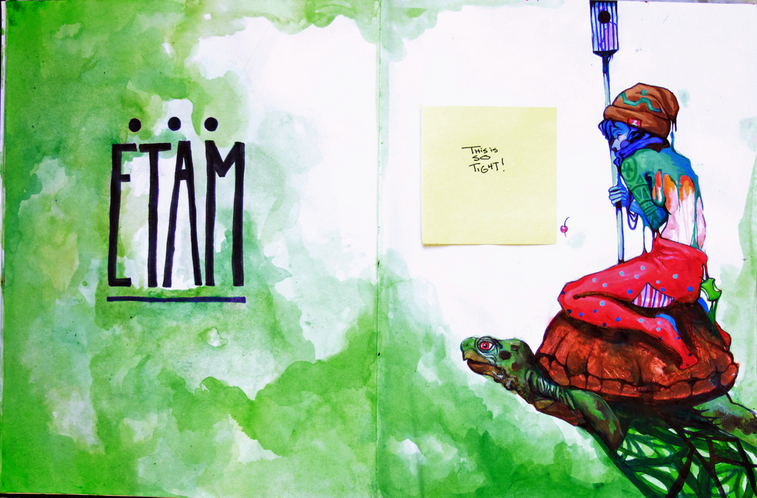
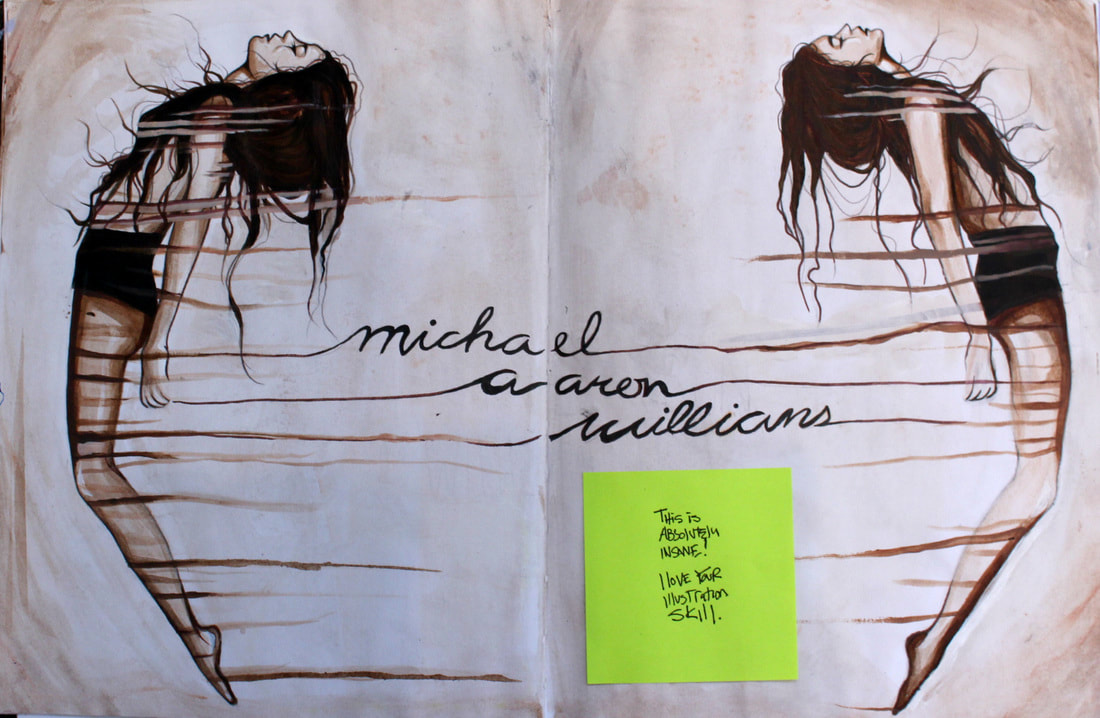
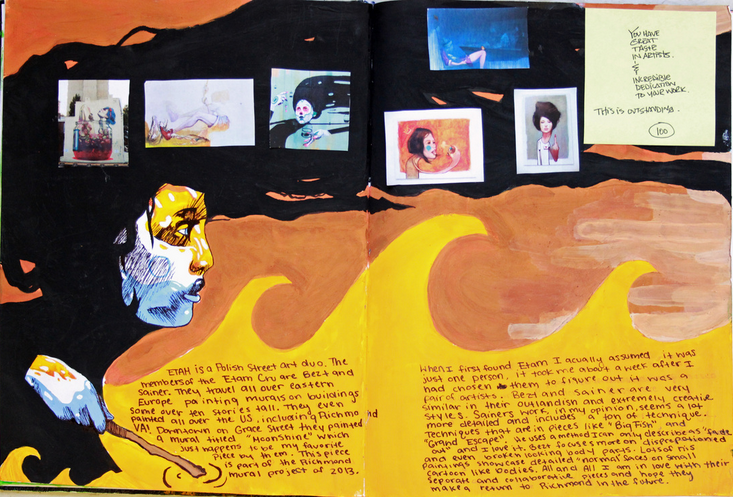
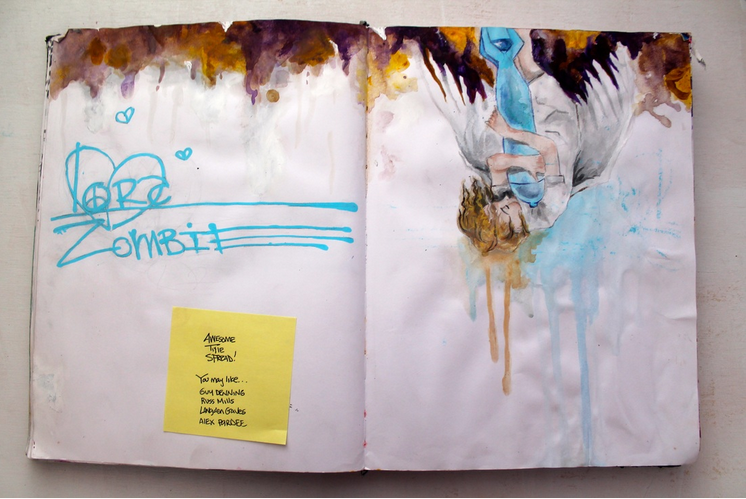
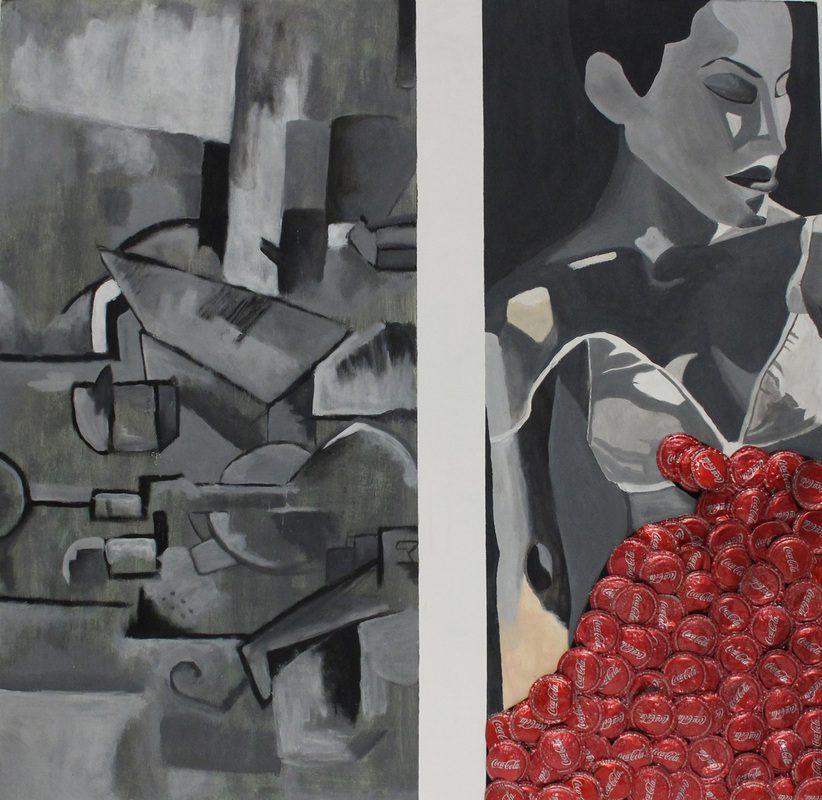
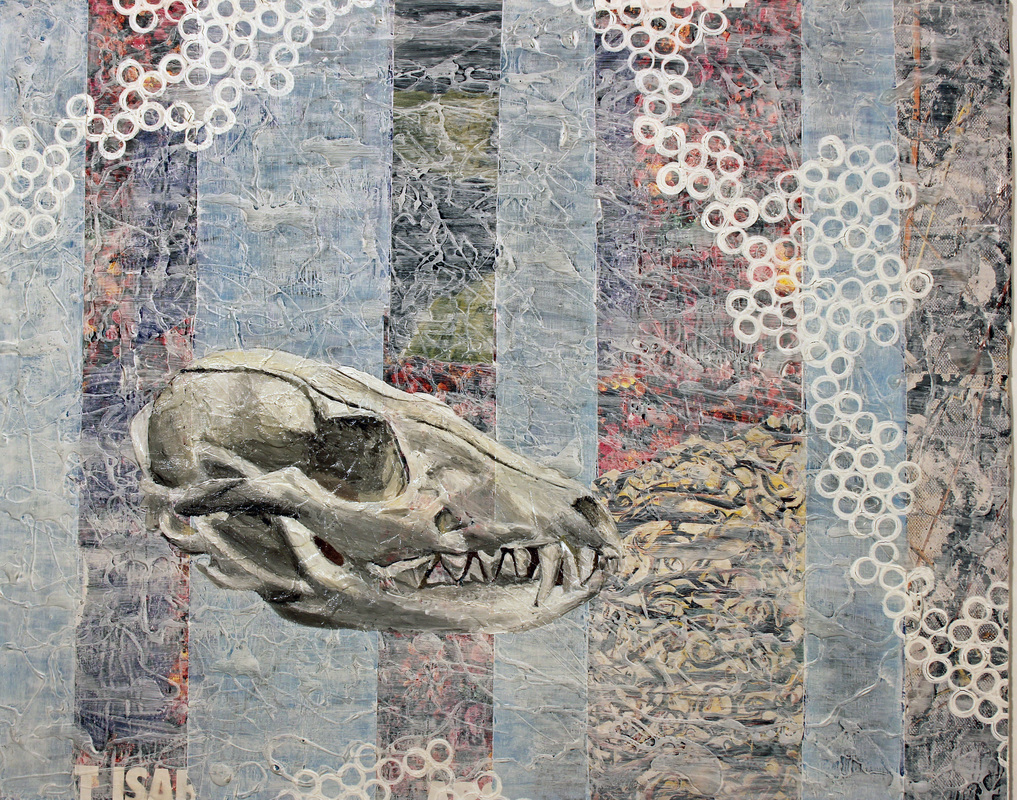
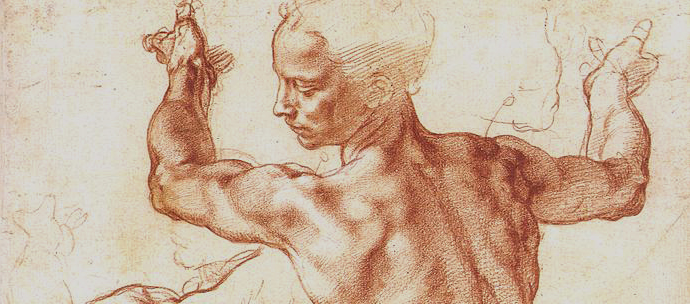
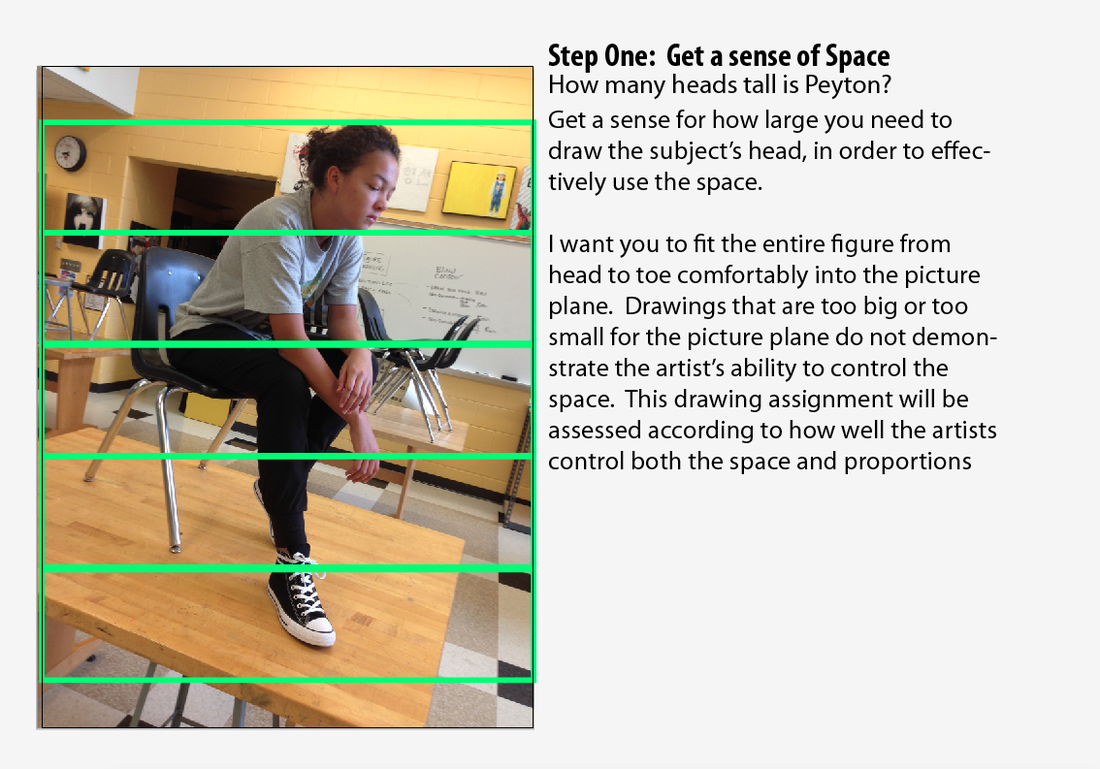
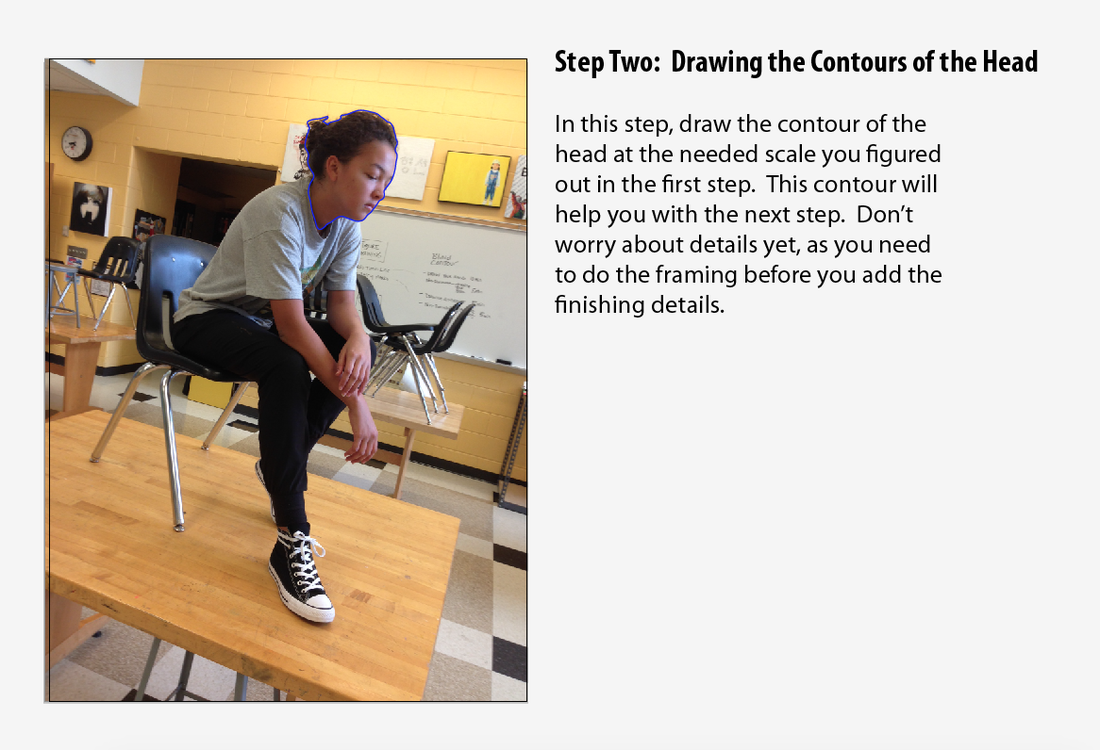
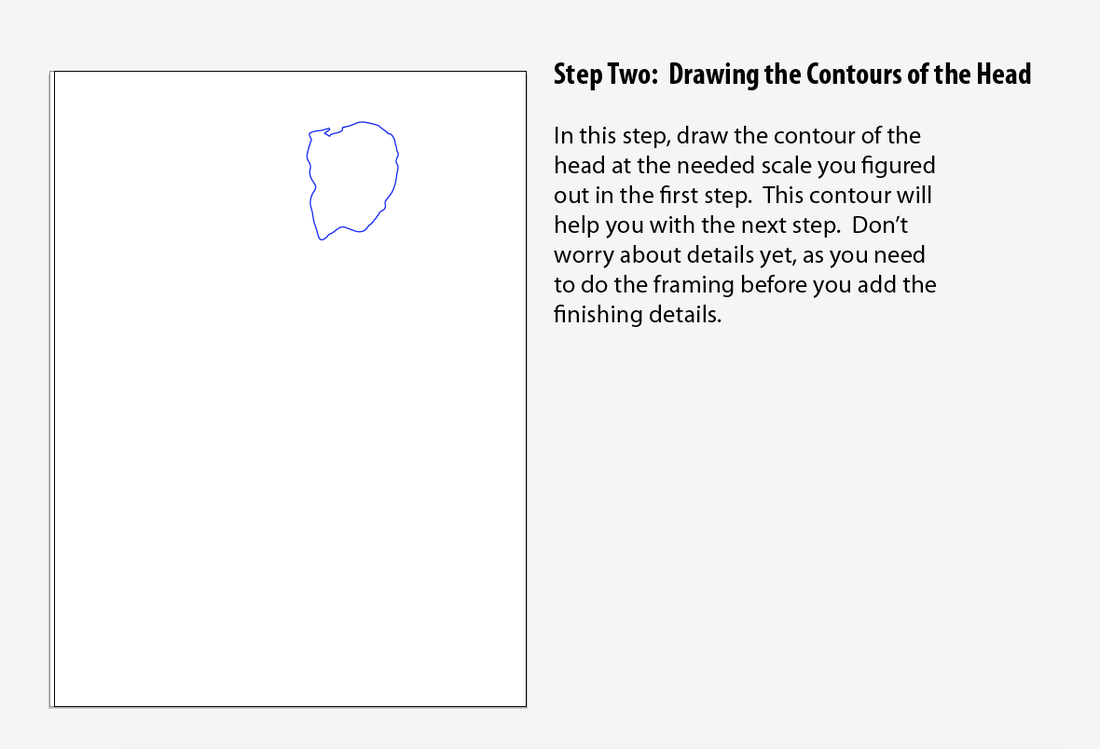
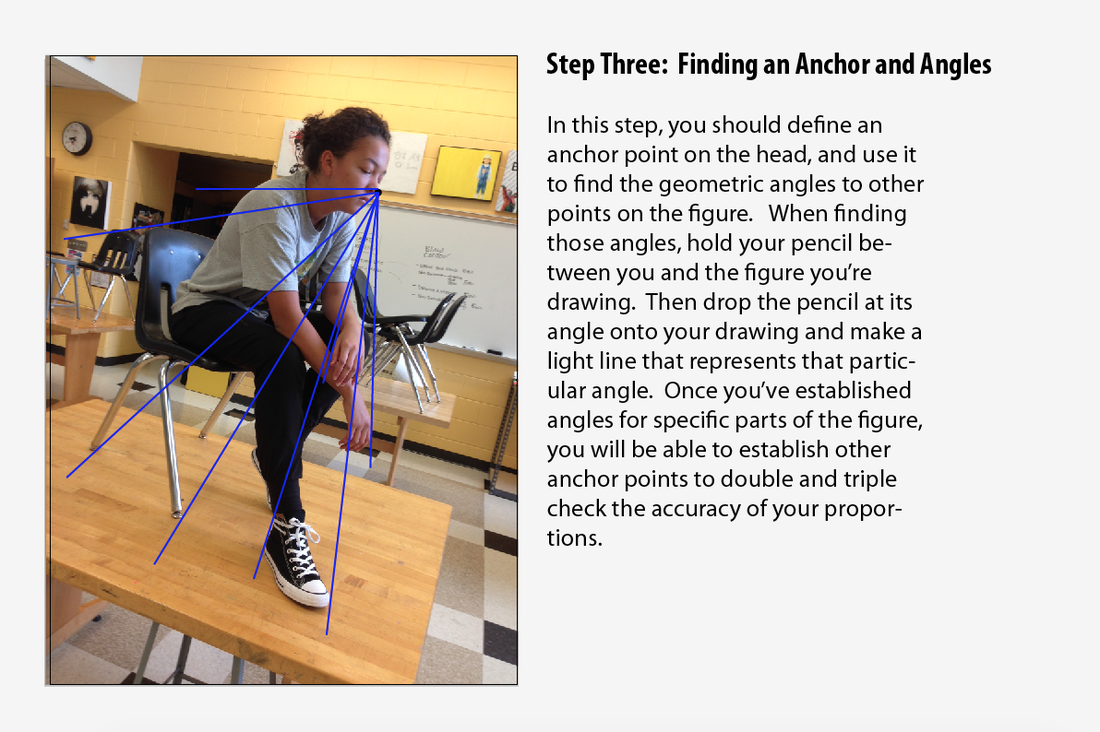
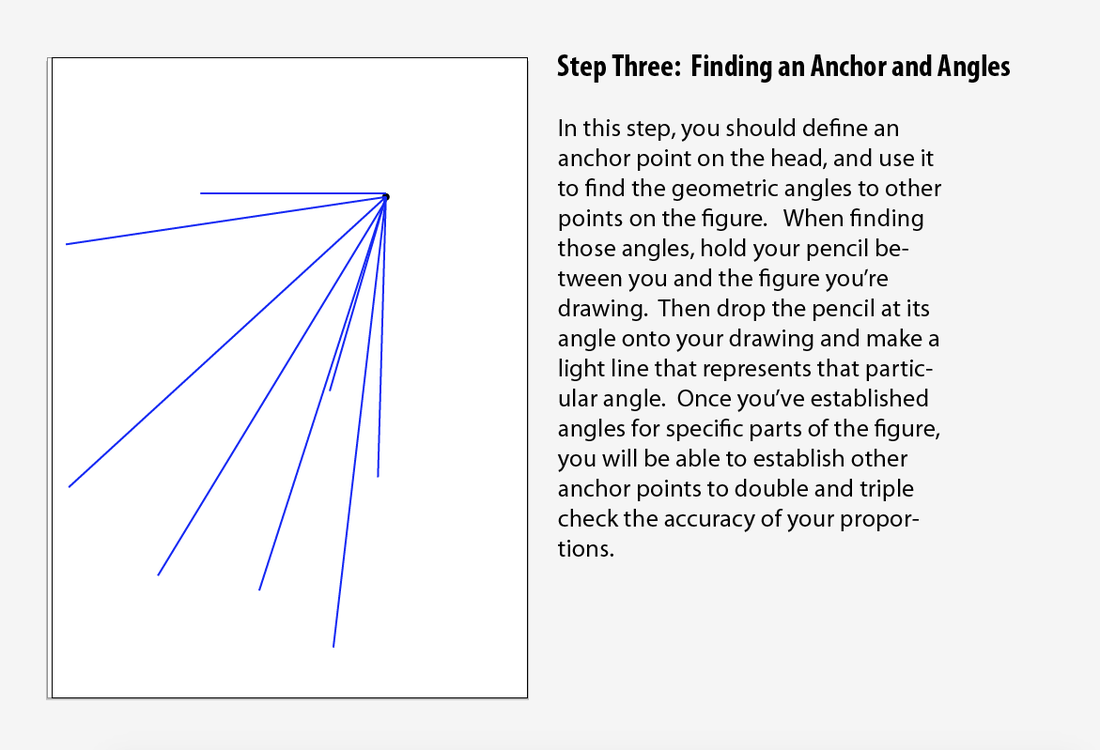
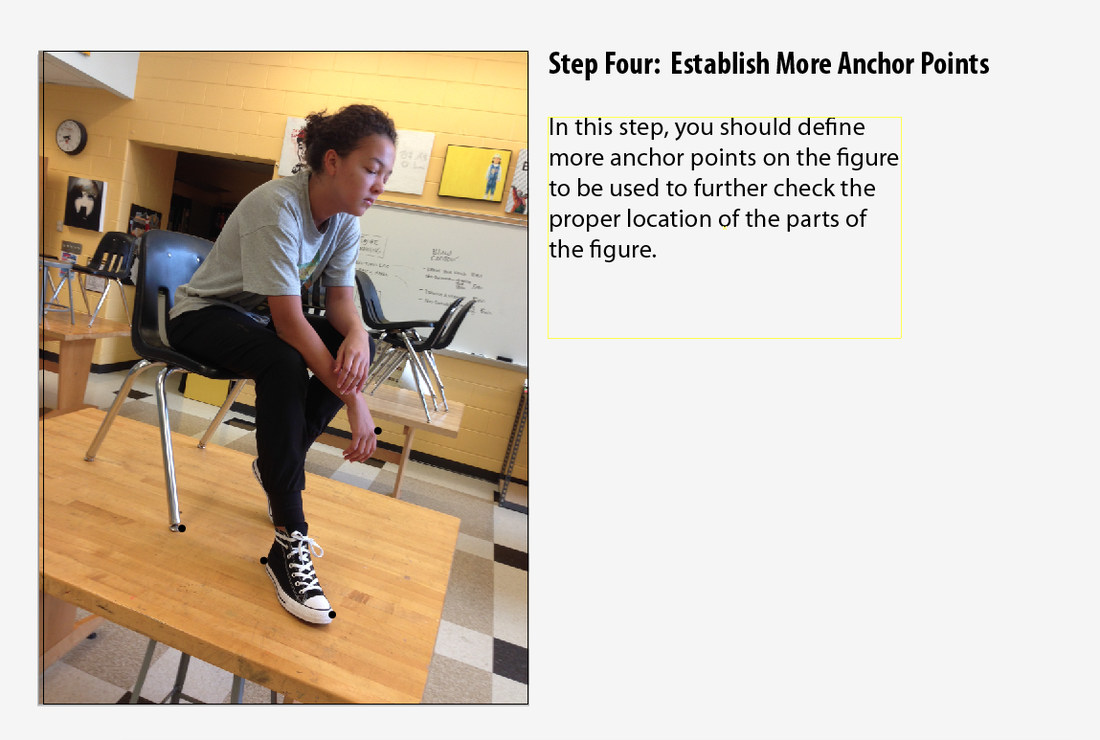
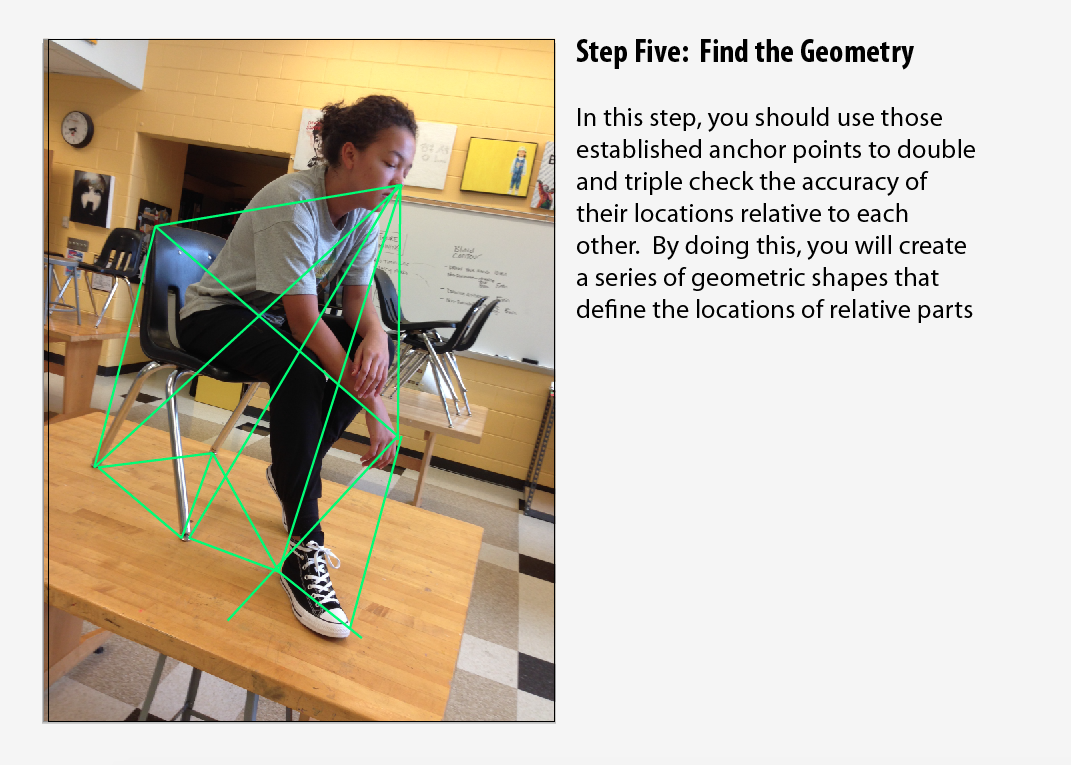
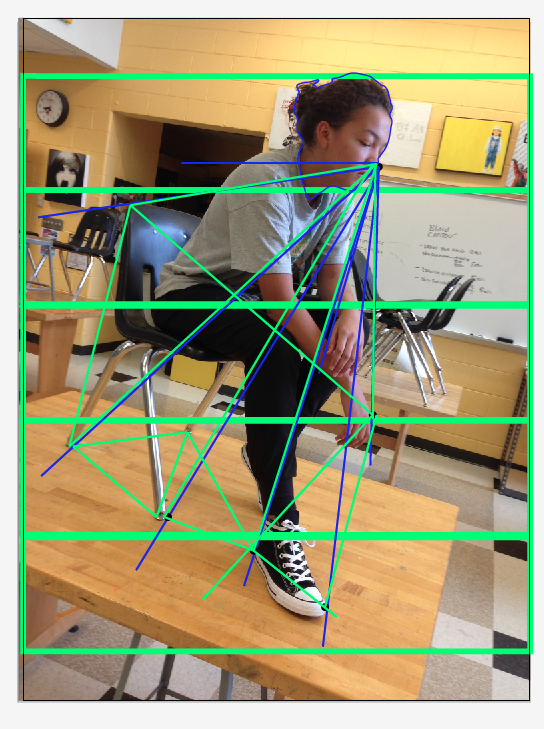
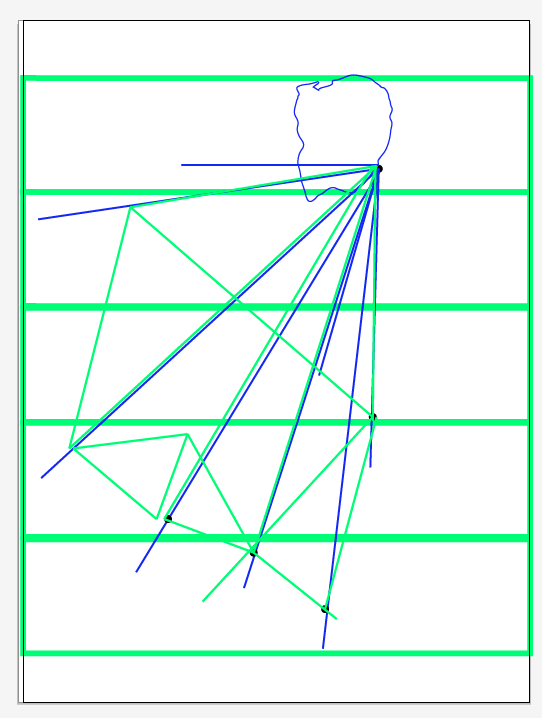
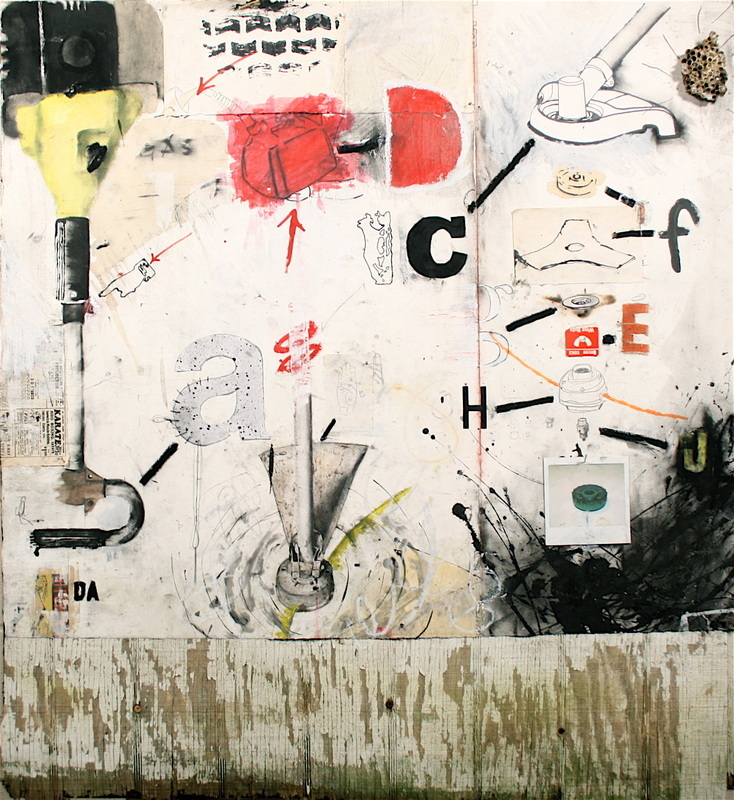
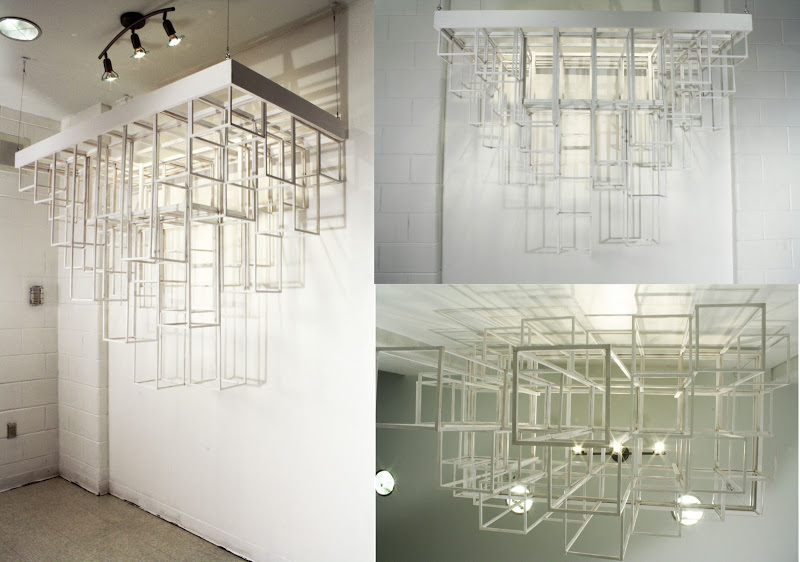
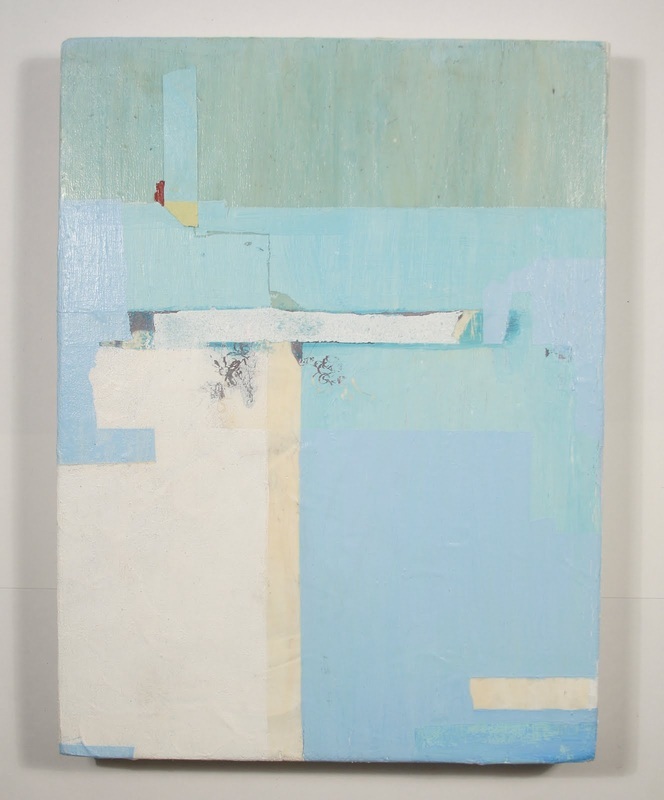
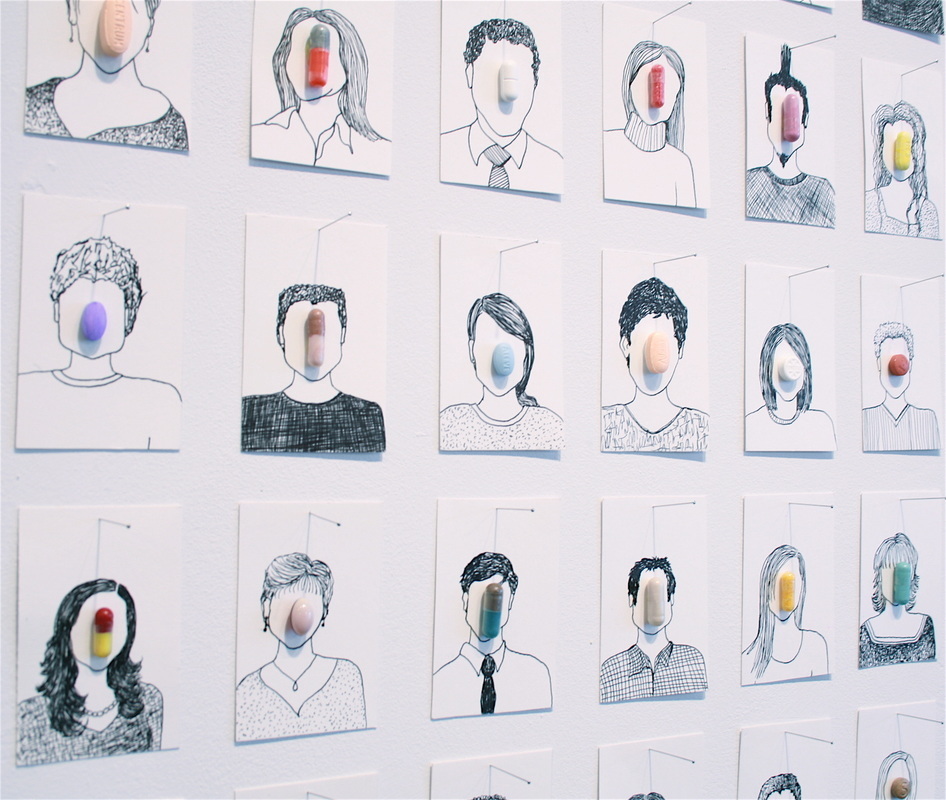
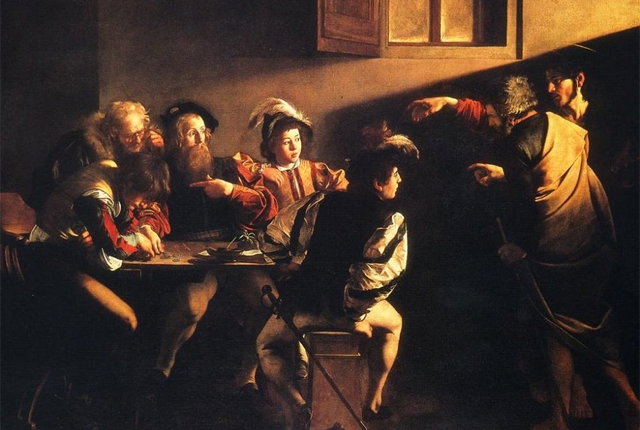
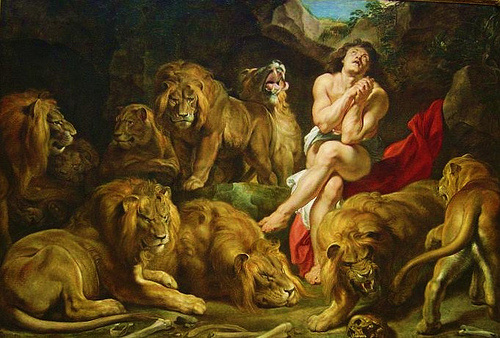
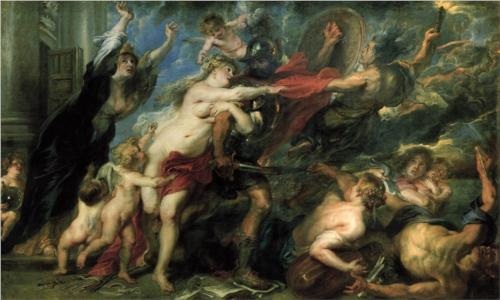
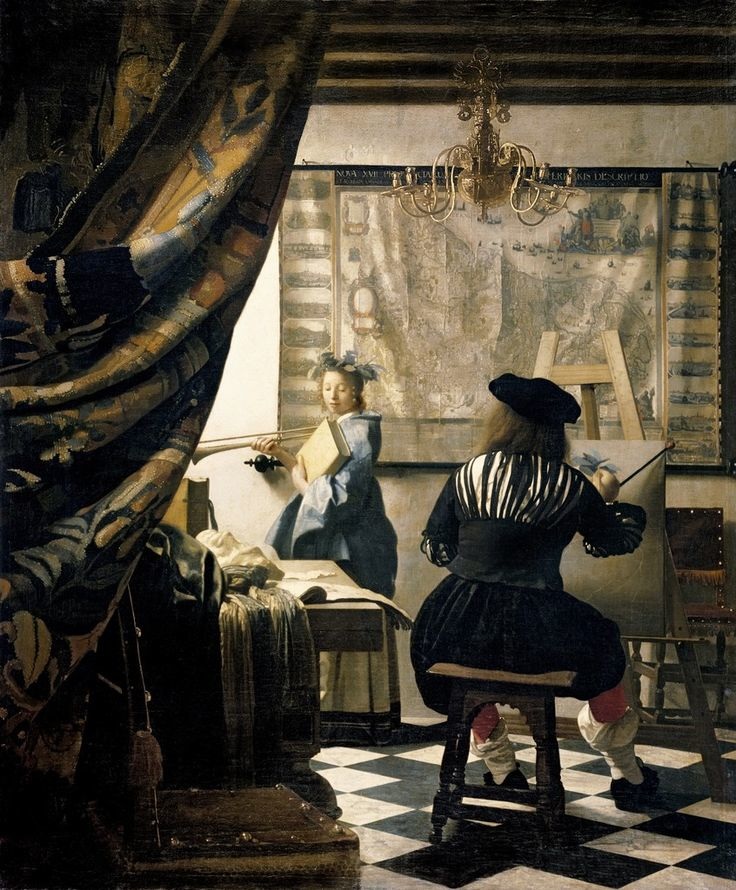
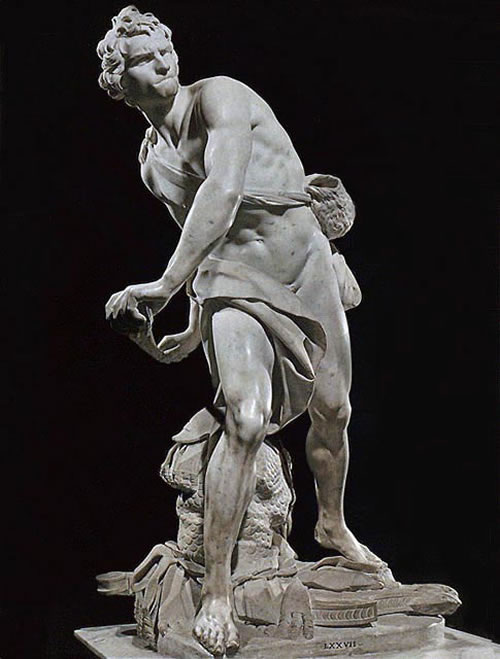
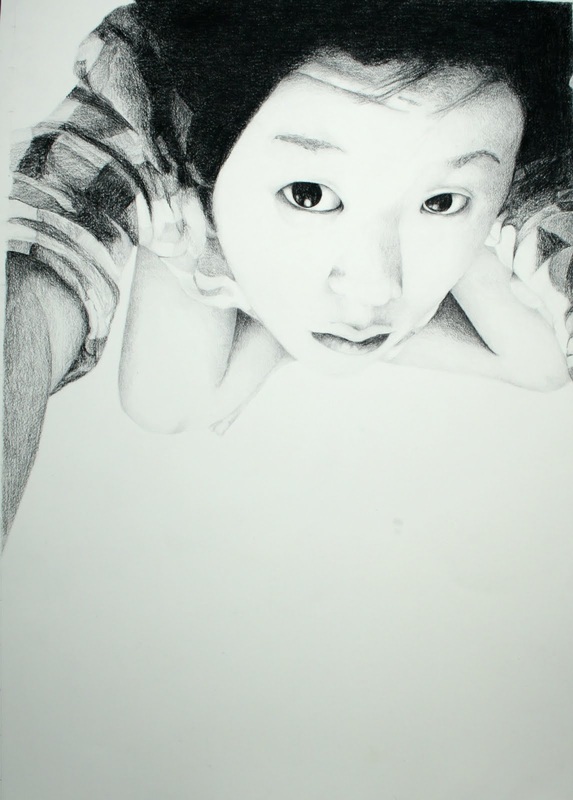
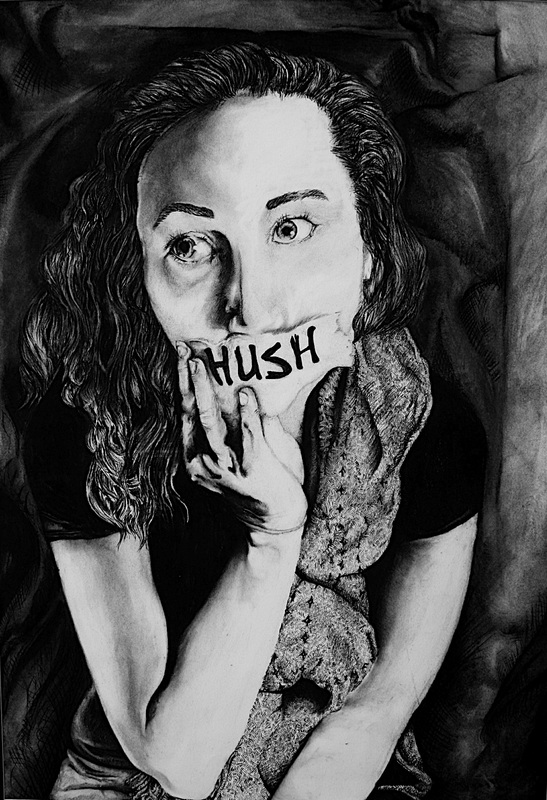
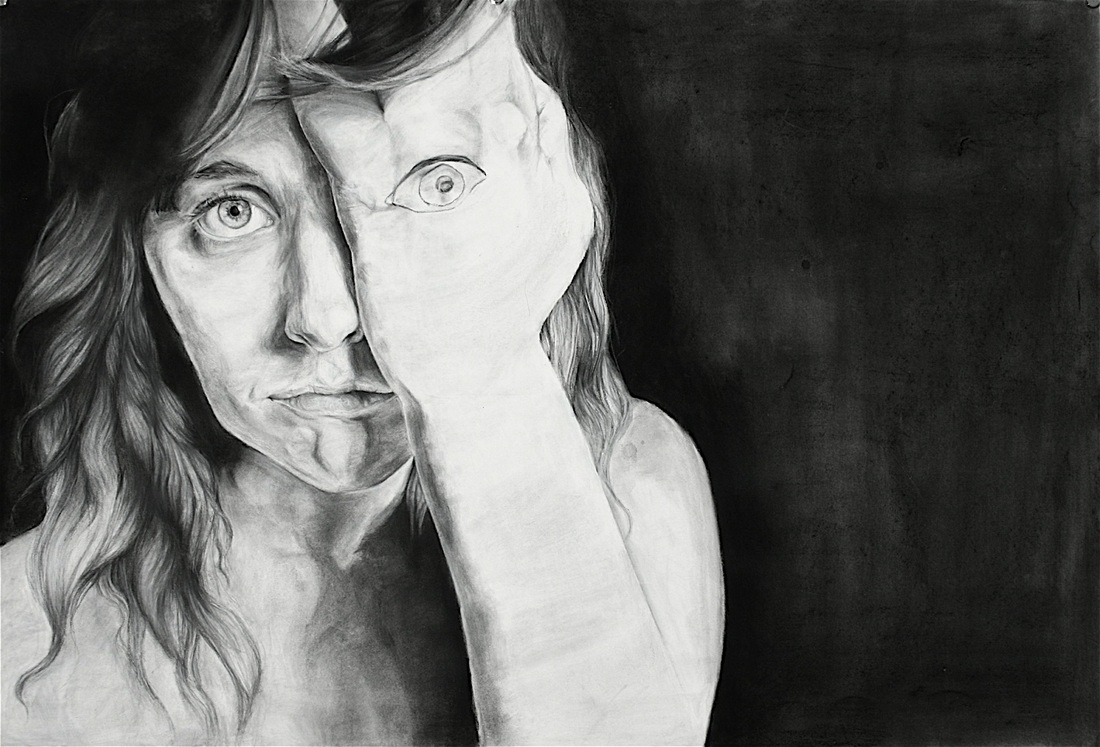
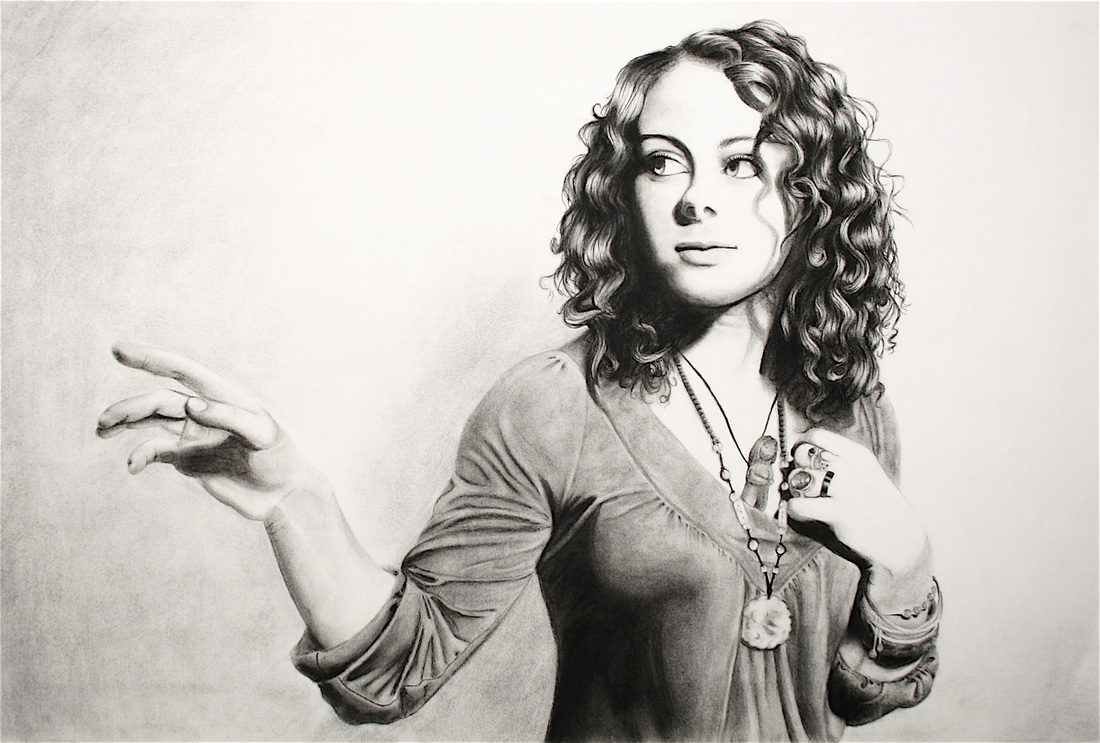
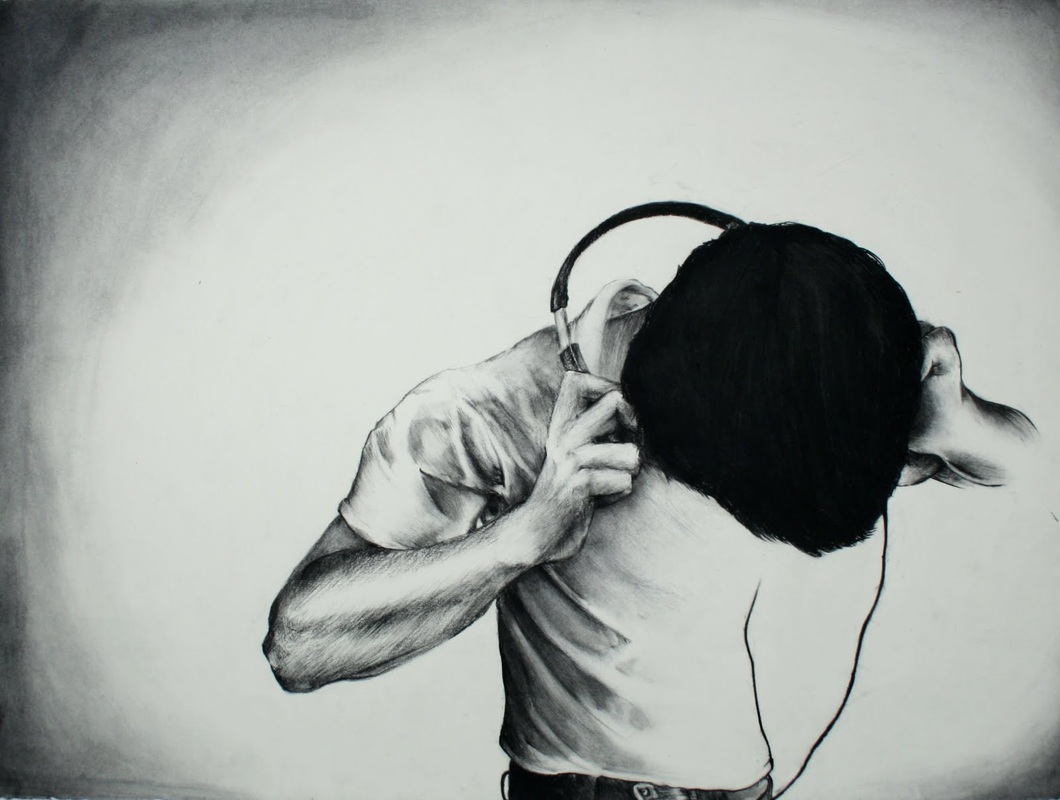
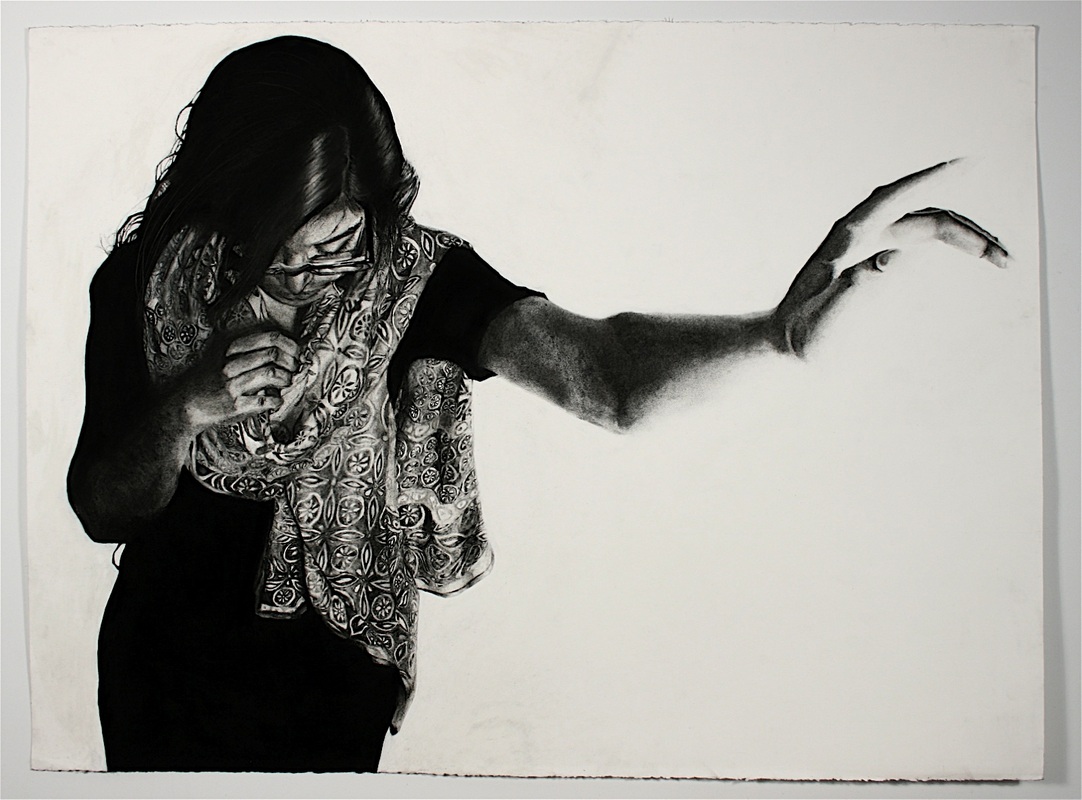
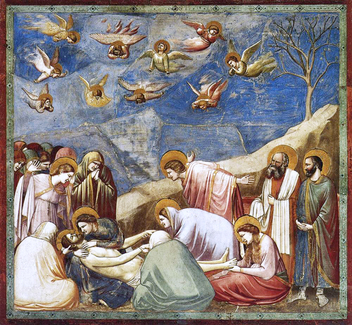
 RSS Feed
RSS Feed
